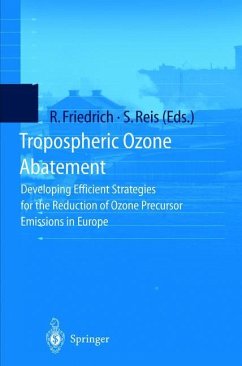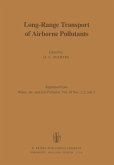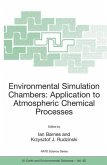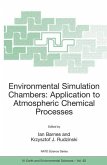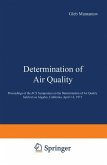The occurrence of high concentrations of ozone during summer episodes in the troposphere over Europe is a problem still unsolved. Although a number· of measures have been implemented that will achieve a further reduction of precursor emissions in the next years, this will not be sufficient to reduce the ozone concentration to levels below thresholds set up to protect human health and plants. Thus, further reductions of emissions of volatile organic compounds and nitrogen oxides are necessary. However, with regard to the increasing costs associated with increasing emission reduction, it is essential to implement abatement strategies, that are effective, i.e. achieving the environmental aim set up, and efficient, i. e. doing this with the least costs possible. In this book, the authors describe the features and the application of a methodology and a model system to identify effective and efficient strategies to reduce ambient concentrations of tropospheric ozone to comply with thresholds set up to protect human health, agricultural crops and ecosystems. Furthermore, macroeconomic impacts of such strategies are addressed and, as burden and benefits of these strategies are not equally distributed between countries, different burden sharing schemes are discussed. The content of this book is based on results of a comprehensive research project, the project INFOS (assessment of policy instruments for efficient ozone abatement strategies in Europe), funded by the European Commission (Directorate General XII) under the Fourth Framework Programme for research, technological development and demonstration activities.

